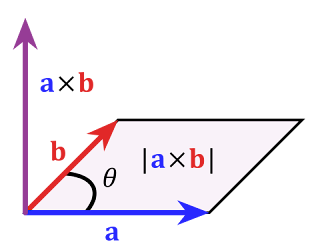Newton's Laws of Motion:
1.) Every body continues in its state of rest or of uniform motion in a straight line unless it is compelled to change that state by forces impressed upon it. (Embraces inertia)
2.) The change in motion is proportional to the force impressed and is made in the direction of the straight line of which the force is impressed.
p = mv (momentum = motion)
F = dp
dt
F = dmv
dt
F = m dv
dt
F = ma
3.) For every action there is an equal and opposite reaction.
These laws display how body's do not act but interact. This is because the laws did not change but did change how the world was perceived.
Newton's Laws are again explained in the following animation:
These laws also explain why objects projectiles follow a parabolic curve:
Horizontal - No force, constant speed
Fx = 0
Fx = max
max = 0
dvx = 0
dt
vx = 0 (constant)
vx = vx0
Vertical - Force, constant acceleration
Fz = -mg
Fz = maz
maz = -mg
az = -g
dvz = -g
dt
vz = -g
Because a projectile has both horizontal and vertical motion, these two statements above are simultaneous and explain the parabolic path that is followed by projectiles. This conclusion proved that the aristotelian idea that objects followed a straight path was false. However, as projectiles follow their parabolic path, the distance between the object and the path the object would follow if there was no gravity is equivalent to the square of time. In other words, the object's path coincides with Galileo's Law of Falling Bodies, specifically, the Law of Odd Numbers.
This is how the equation of a projectile is found:
dvz = -g
dt
vz = -gt + c
vz = -gt + cvz (t) = -gt + c
vz (0) = c
vz = -gt + vz0
dx = vx0
dt
x = vx0 + x0
dz = -gt + vz0
dt
z = -1/2gt^2 + vz0 + z0
Below is a animation that displays the concept that it takes the same amount of time for a bullet to hit the ground after being dropped and fired:










